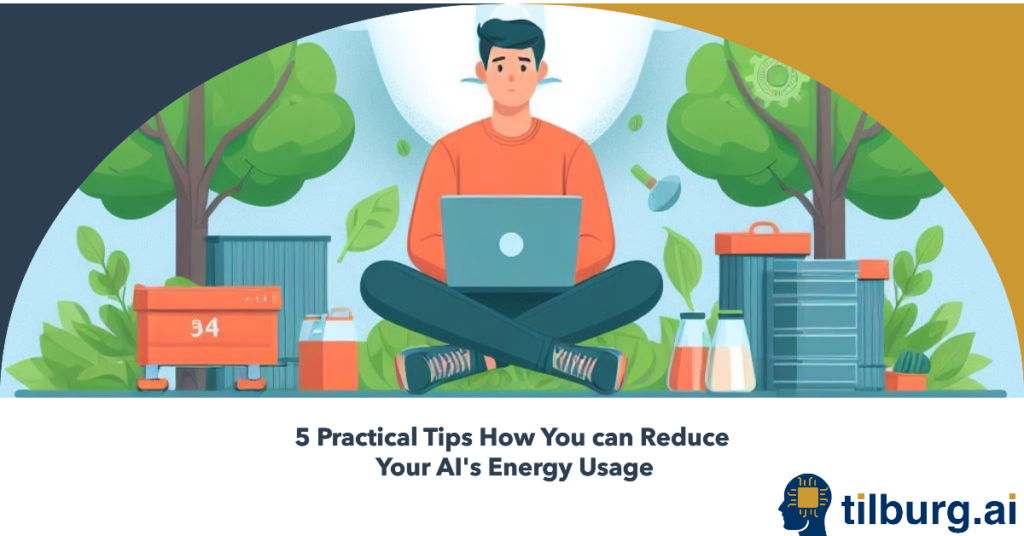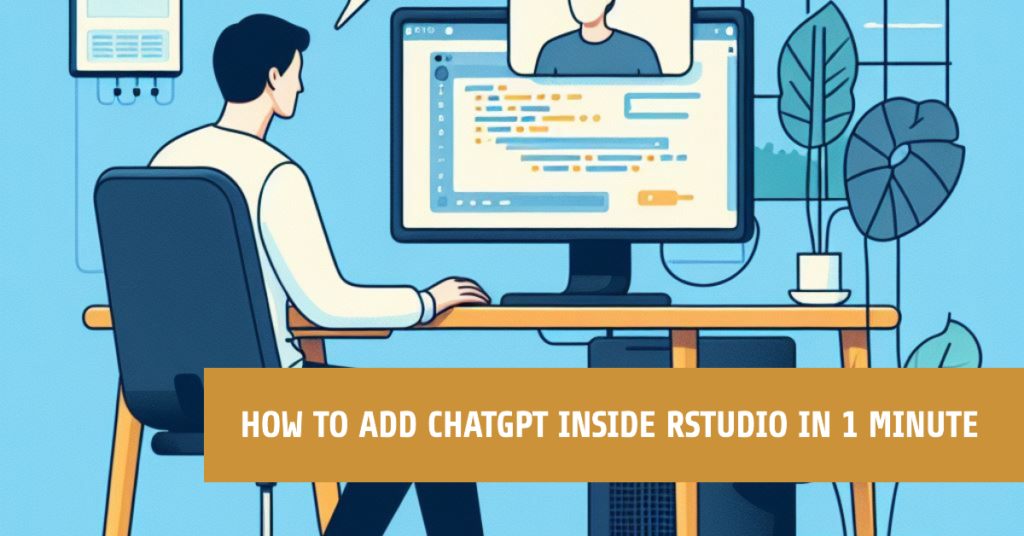Struggling to write a good introduction for your thesis?
A strong introduction is crucial for starting your research on the right foot. However, many students face difficulties in writing a well-organized introduction that covers all necessary aspects. In this article, we’ll provide you with some useful tips and prompts to simplify the process of writing your thesis introduction with the free version of ChatGPT!
Introduction Framework
In this article, we’ve chosen to utilize a framework provided by Hannes Datta, Associate Professor at Tilburg University. This website is specifically designed to assist students with their theses and is filled with useful tips. Be sure to visit it if you haven’t already! As a small disclaimer, always check with your professor to ensure this meets their expectations for an academic introduction. In our opinion, this format is a very good one.
Understanding the Framework
The framework for our thesis introduction in this article consists of five key parts (do not make use of subheadings in your introduction):
- Practical Phenomenon / Problem:
- Establish the importance of the area of interest and the phenomenon
- Mention your research question indirectly
- do not explicitly formulate your problem statement, e.g., “therefore, the following problem statement is formulated: […]”
- instead, define your problem statement indirectly: “therefore, it is crucial to study the drivers affecting […]”. This is much more engaging!
- Why to Study It?
- Motivate your research question
- Start with something like “Studying [ xyz ] is crucial to […]” or “The […] is worth studying because”
- Typical motivations include (a) economic factors (e.g., the music streaming business generates XX bn. EUR in revenue), (b) huge social or political implications, or (c) evidence that top management is worried about it.
- What We Know:
- Indicate in general terms what has been done in this area.
- Start with something like “My research relates to extant literature… (in at least three ways): First, […]” / “My research contributes to two literature streams: […]”.
- What We Don’t Know:
- Identify important gaps, inconsistencies, and/or controversies in the relevant literature
- Provide a concise statement of the manuscript’s purpose(s) and the contributions the manuscript makes to the literature
- Start with something like… “Our research extends extant research by…” / “Therefore, as a first contribution, we […]”
- What You Will Do:
- Describe which data you will use, and which methods you will use to study your research question.
- Then, describe the flow of the next sections (“In what follows, we first review the extant literature on […]. Subsequently, we […]”)
Using ChatGPT to optimize your introduction
As we have already mentioned in other articles, it is crucial to prompt ChatGPT correctly. The more context and information provided to ChatGPT, the better the output will be. Therefore, the first step is to make ChatGPT familiar with the specific expectations of our introduction section.
Prompt
“I am writing an introduction for my thesis and would like your help to structure it! The guidelines for the introduction are as follows: <insert framework description>. Reply to me with “yes” if you understand the task i gave to you”
Output
From this ‘main prompt’, you can start the conversation with ChatGPT. As you can see, it already provides some suggestions about the information it needs to help you. What you could do is paste your written text into ChatGPT and ask for missing pieces in your text, or to divide your text into paragraphs as given by the framework. Here are some prompts to help you get started.
- Prompt for Structuring Your Text:
- “I have written an introductory section about [insert topic]. Could you format this text into the following sections as per the provided framework: Practical Phenomenon/Problem, Why to Study It, What We Know, and What We Don’t Know?”
- Prompt for Evaluating and Improving Your Text:
- “Here is my text on [insert topic]. Based on the framework I provided, what score would you give to my text, and what improvements should be made? Please assess it in terms of establishing the importance of the area, motivation for the research question, alignment with existing literature, and identification of gaps or contributions.”
- Prompt for Expanding on Specific Sections:
- “In the section about ‘Why to Study It’ for my topic [insert topic], I’ve written [insert your text]. Could you help expand on this? focusing on aspects like economic factors, social/political implications, or concerns of top management?”
- Prompt for Generating Ideas for Gaps in Literature:
- “My research is about [insert topic]. Based on what’s known in this field, can you suggest potential gaps, inconsistencies, or controversies that I could address as part of ‘What We Don’t Know’ in my introduction?”
- Prompt for Assistance with Specific Arguments or Evidence:
- “For the section ‘What We Know’ in my thesis about [insert topic], I need to reference existing literature. Can you help me formulate arguments or find evidence related to [specific aspect]?”
Specific prompts for the framework
Above, we gave a few examples of prompts that you can use throughout the text or more generally, but as ChatGPT knows your context, you can of course also ask more specific questions per sub-topic. In the prompts below, we have thought of a prompt for each part of the introduction.
- Prompt for Practical Phenomenon / Problem:
- “I have written a paragraph about the practical phenomenon/problem of my thesis topic, which is [insert topic]. Can you help me revise it to better establish the importance of this area and subtly mention my research question without explicitly stating the problem statement?”
- Prompt for “Why to Study It”:
- “For the ‘Why to Study It’ section, I have written [insert your text]. Could you help enhance this section by emphasizing the significance of studying my topic [insert topic], perhaps by including economic, social, political implications, or evidence of top management concern?”
- Prompt for “What We Know”:
- “In my thesis introduction, I need to discuss what is already known about [insert topic]. Here’s what I have so far [insert your text]. Can you assist in structuring this part to align with existing literature in a coherent way and highlight how my research relates to or builds upon these studies?”
- Prompt for “What We Don’t Know”:
- “I am working on the ‘What We Don’t Know’ section of my thesis introduction on [insert topic]. I’ve outlined some ideas [insert your text]. Can you help identify more gaps, inconsistencies, or controversies in the literature, and suggest how I might address these?”
- Prompt for “Purpose and Contributions”:
- “For the concluding part of my introduction, I need to concisely state the purpose of my research and its contributions. My topic is [insert topic]. Here’s what I’ve drafted [insert your text]. Could you help refine this to clearly articulate the unique contributions of my research to the field?”
Conclusion
The use of ChatGPT can be very handy when drafting your introduction. Especially if you give ChatGPT instructions on how to handle the content and format of your piece, it will provide increasingly better output. However, be careful! Always remain the owner of your work and make sure you know what has been written. ChatGPT tends to sometimes completely change your own text and come up with something completely different. Our advice would be to always work from your own text, and from there receive adjustments or tips from ChatGPT.





